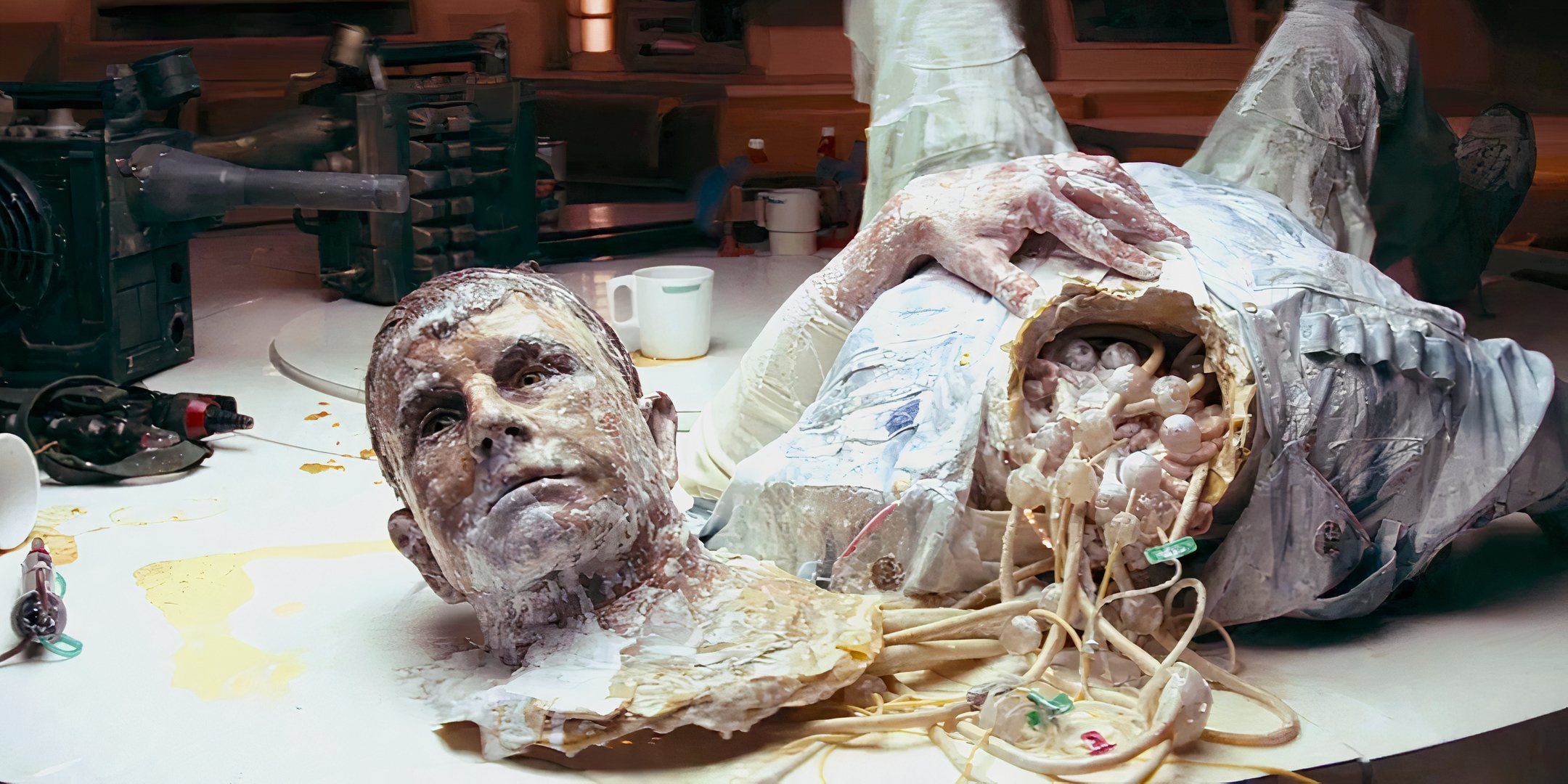Workers in Argentina recently unearthed a fascinating archaeological discovery while laying a water pipeline. It wasn’t gold or ancient relics but something equally intriguing – the skull of a child who lived around 700 years ago. This finding stirred up quite a buzz due to the unusual shape of the skull, which led to comparisons with extraterrestrial beings.
The skull, belonging to a 3- to 4-year-old child from the 15th or 16th century, displayed significant asymmetry caused by intentional head shaping practices. Cristian Sebastián Melián, director of the Provincial Directorate of Anthropology in Catamarca, Argentina, explained that this practice was common among various ancient cultures worldwide.
Upon further investigation at the site in San Fernando del Valle de Catamarca, archaeologists discovered more than just the child’s remains. They found llama bones and Incan pottery fragments dating back to between 1430 and 1530, shedding light on the historical context of the area. The child’s skeleton was positioned in a fetal stance without any grave goods but surrounded by pottery pieces hinting at an era between 1100 and 1300.
Melián emphasized that although there were no signs of trauma on the child’s skeleton, there was clear evidence of deliberate cranial alteration. This type of head shaping involved applying pressure or padding to specific areas of an infant’s skull during their early years to achieve desired shapes such as elongated or flattened heads.
The expert insights into ancient head shaping practices reveal how diverse cultures had unique traditions for modifying cranial shapes for social or aesthetic reasons. The practice served as a way to distinguish social groups or adhere to cultural norms rather than posing any significant health risks as believed by scholars in this field.
In today’s world, some parents use specialized helmets for medical purposes to ensure proper head shape development in infants. However, centuries ago, communities employed traditional methods like wrapping cloth tightly around babies’ heads or using padding techniques for cranial modification.
Melián shared that out of over 100 skulls from ancient populations in their possession at the Provincial Directorate of Anthropology, approximately 90% exhibit signs of intentional cranial alteration. This prevalence underscores how widespread and ingrained this practice was across different societies throughout history.
The recent discovery in Argentina is just one piece in the puzzle unraveling humanity’s ancient customs and beliefs surrounding body modifications such as head shaping. Each artifact tells a unique story about our ancestors’ practices and sheds light on their values and societal structures from centuries past.









Leave feedback about this